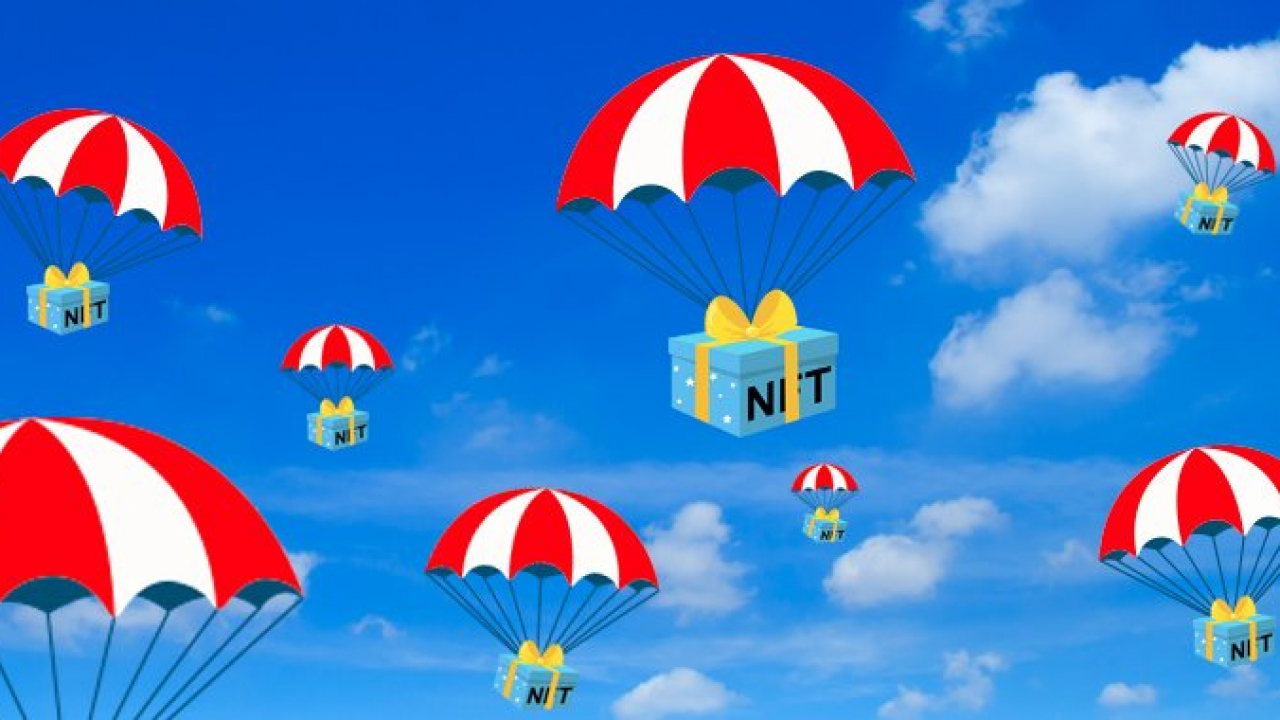Guide to Airdrops: Understanding the Basic Concepts
Introduction
An airdrop is a free distribution of cryptocurrency or NFTs by a project to its users.
Here's a basic outline of how drops work: You conduct transactions on DEX exchanges on a new blockchain via your crypto wallet, such as Metamask. The project then takes a snapshot of the blockchain, analyzes all user transactions, and can distribute free tokens to your wallet if you have shown sufficient activity and met the deadline.
While this may seem straightforward, there are some nuances to consider.

Why do projects give out tokens for free?
Marketing. If a project distributed $1000-2000 to one million users, it would certainly garner attention.
User Loyalty. Recipients of the drop may feel motivated to use the project's protocols, unless they prove to be ineffective. Overall, a successful drop can increase project support.
Decentralization. Blockchains operate on a voting system. Possessing a certain number of project tokens gives you sway in blockchain decisions. Drops help to decentralize the project and distribute the tokens more broadly in the community.
What can an airdrop be awarded for?
The criteria for receiving an airdrop will depend on the type of drop.
Option 1: Retrodrop. To qualify, you must be an early participant in a new blockchain project. For example, you might make 20 transactions and remain active for 3 different months. While these drops can be quite generous, there's a catch: a new project may not distribute tokens among a wide community. Good research on the project can help avoid this issue.
Option 2: Airdrop for Holders. This is simpler: just hold coins or NFTs from a specific project. Distribution often occurs at random and cannot usually be predicted. For instance, Yuga Labs distributed 10,000 tokens ($270,000 at the time) to Bored Ape Yacht Club (BAYC) NFT holders in August 2021.
Option 3: Bounty Airdrops. To get a drop, complete simple tasks that typically promote the project. You might subscribe to social networks or join Discord. Points are awarded for task completion. Before tokens are distributed, you'll often need to fill out a form and provide a wallet address.
Topics
Recent comments
